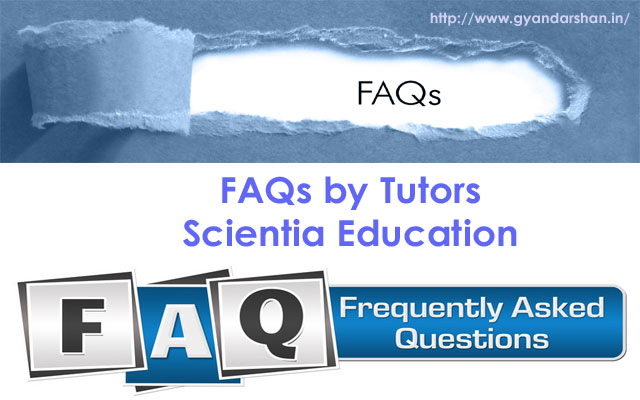MCQs on Electrovalent Bonding
MCQs on Electrovalent Bonding
- Electrovalent compounds are
- low melting
- insoluble in polar solvents
- conductors in the fused state
- none of the above
Answer: (c)
- Ionic compounds don’t conduct electricity in
- solution
- fused state
- solid state
- none of the above
Answer: (c)
- When an element of very low ionization potential reacts with an element of very high electron affinity
- a covalent bond is formed
- an electrovalent bond is formed
- a metallic bond is formed
- no bond is formed
Answer: (b)
- The bond between two atoms of the same element is
- polar covalent bond
- ionic bond
- non-polar covalent bond
- none of the above
Answer: (c)
- The percentage of ionic character of a bond is calculated by the difference in
- size of atoms
- ionization potential of atoms
- electronegativity of atoms
- atomic volumes of atoms
Answer: (c)
- In which of the following C-C bond length is least?
- benzene
- diamond
- ethylene
- acetylene
Answer: (d)
- The paramagnetic nature of oxygen molecule is explained by
- Valence bond theory
- Heitler London theory
- Hund Mulliken theory
- none of the above
Answer: (c)
- The bonds present in CuSO4.5H2O are
- electrovalent and coordinate
- covalent and coordinate
- electrovalent and covalent
- electrovalent, covalent and coordinate
Answer: (d)
- An element having 4 electrons in its outermost orbit forms bond by
- losing electrons
- gaining electrons
- sharing electrons
- any of the above
Answer: (c)
- Elements with electronegativities 1.2 and 3.0 form
- electrovalent bond
- covalent bond
- coordinate bond
- metallic bond
Answer: (a)



